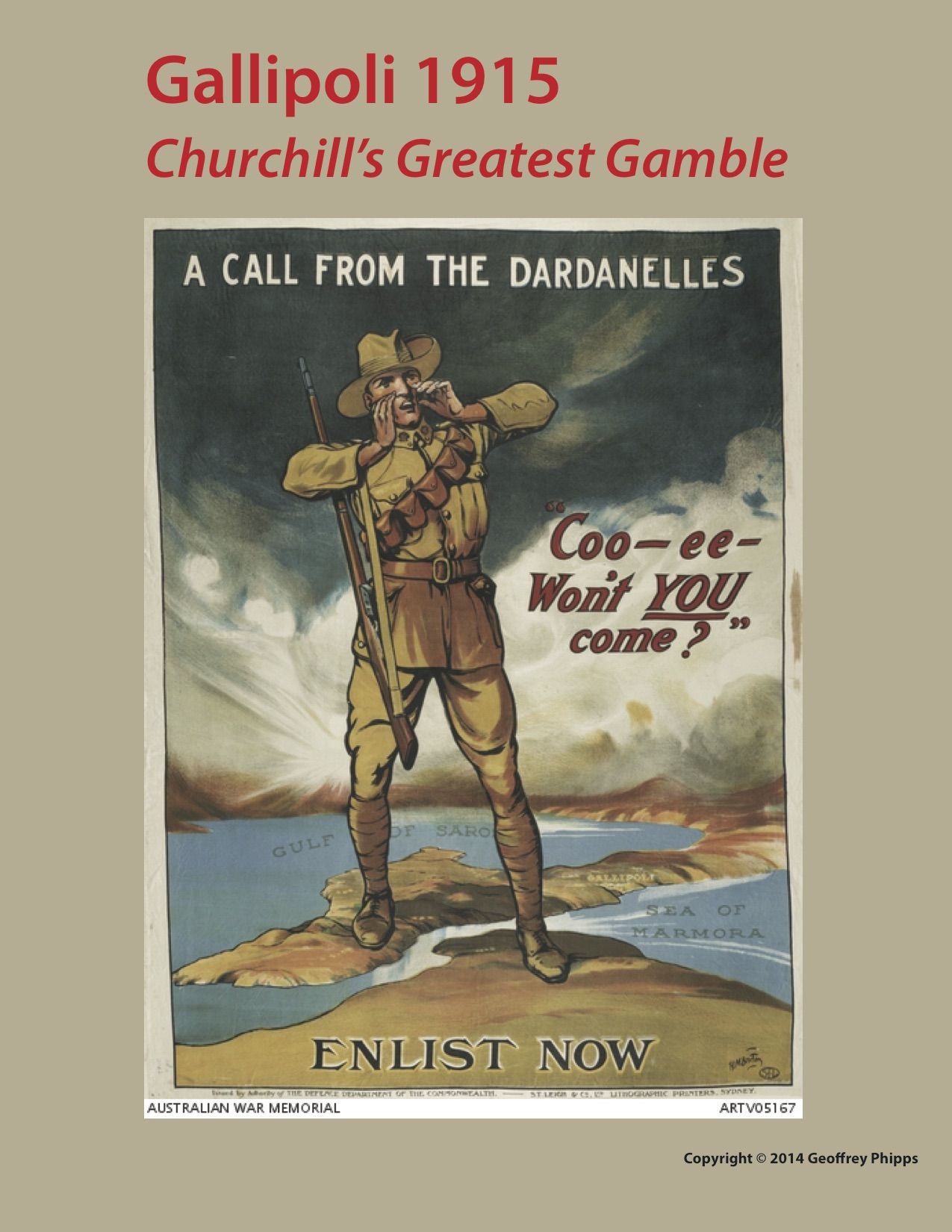Gallipoli, 1915: Churchill's Greatest Gamble
Products title that includes 'PRE-ORDER' is subject to our Pre-order Policy
Couldn't load pickup availability
Delivery and Shipping
Delivery and Shipping
For more details, please refer to our Shipping and Order Information.
Pre-Order Policy
- Pre-order items are charged at the time the order is placed.
- Prices for pre-order items are subject to change based on final landed costs.
- If the final price is lower, the difference will be refunded to the customer in the form of store credit.
- If the final price is higher, customers will be given the option to either:
- Pay the difference, or
- Cancel the item for a full refund.
- Orders containing pre-order items will be placed on hold until all items in the order are available.
- Once all items have arrived and pricing remains unchanged, the order will be automatically shipped.
- Pre-orders are fulfilled on a first-come, first-served basis.
- If a pre-ordered item becomes unavailable (e.g., the publisher cancels the product), a full refund will be issued.
- Pre-orders may be cancelled and refunded by customers or the store.
- For transactions that are no longer eligible for direct refunds due to payment processor limitations, a store credit will be issued instead.
Description
Description
| Designer | Geoffrey Phipps |
| Publisher | GMT Games |
| Players | 2-4 |
| Playtime | 240 mins |
| Suggested Age | 16 and up |
| Additional Info | BoardGameGeek (Images, Videos, Reviews) |
Information from designer:
The game system emphasizes command and control. Players command by Brigade and Regiment. To be successful, a player must plan for the eventual exhaustion of their troops, rotating them out of line to rest and recover stragglers. The result is an accurate modeling of the tempo of these battles.
Infantry combat is ranged rifle and MG fire, culminating in close assault. Artillery is powerful but ultimately limited. Shrapnel from the standard field guns is deadly against troops in the open, but only the rare howitzers firing high-angle HE can deal with trenches.
The map scale is 400 metres per hex. Tha map covers the entire southern section of the peninsula from the Sari Bair range to Cape Helles (i.e. from Anzac to Helles, including all the forts in between). Daylight turns are two hours, night turns are four hours.
Information from publisher's website:
On 25th April 1915, Winston Churchill, First Lord of the Admiralty, launched a hastily assembled force of British, Australian, New Zealand and French troops against the Turkish defenses on the Gallipoli peninsula. Their goal was to capture the forts that guarded the Dardanelles. With that achieved, the British and French Fleets would sail to Constantinople, topple the Ottoman government, and open up a supply line to Russia.
However, defending the beaches was an equal number of Turkish divisions, hardened in the recent Balkan Wars, led by well-trained Turkish officers, supported by advisors from the German General Staff.
An hour before dawn, in complete silence, the Anzacs rowed ashore at Ari Burnu, a place later to be famous as Anzac Cove. The Royal Navy had landed them in the wrong place! Huge dirt cliffs and scrub-choked washouts confronted them, rather than a beach and low dunes. Nevertheless inland they went, overrunning the Turkish pickets, only to become hopelessly confused by the night landing, jigsaw terrain, and inexperience.
Several miles inland, a gifted Turkish Officer, Mustafa Kemal, was reviewing his regiment after night maneuvers above Ari Burnu. Kemal's quick and furious counter-attack saved the day for the Ottomans, and set him on the path to become the founder of modern Turkey.
Further south, at Cape Helles, the Lancashire Fusiliers won six Victoria Crosses - before breakfast - as they ripped through the barbed wire on the beach. The invaders never reached even their first day's objectives, although the Turks only avoided defeat by a hair's breadth. With a different plan, they might have thrown the invaders back into the sea.
Gallipoli 1915: Churchill's Greatest Gamble realistically covers the first three days of the campaign, a time of wild maneuver, of decisive attacks parried by the timely arrival of reinforcements, and the onset of trench warfare. Speed - but not reckless haste - is the key to success.
The map covers the entire peninsula from north of Anzac Cove to Cape Helles, based on the 1922 British Ordnance Survey. Players can choose to land at the historical beaches, or create their own plans.
The game system emphasizes command and control. Players command by Brigade and Regiment. To be successful, a player must plan for the eventual exhaustion of their troops, rotating them out of line to rest and recover stragglers. The result is an accurate modeling of the tempo of these battles.
Infantry combat is ranged rifle and MG fire, culminating in close assault. Artillery is powerful but ultimately limited. Shrapnel from the standard field guns is deadly against troops in the open, but only the rare howitzers firing high-angle HE can deal with trenches.



